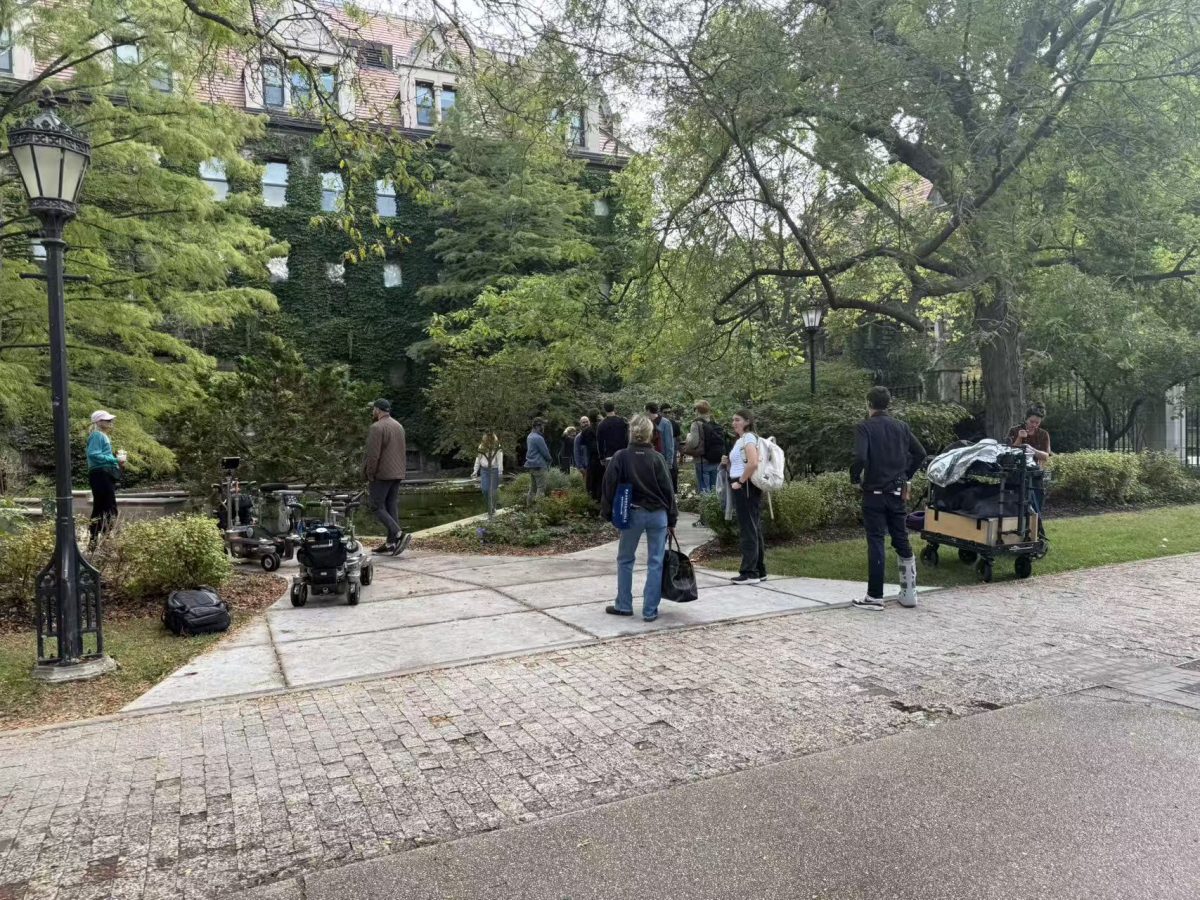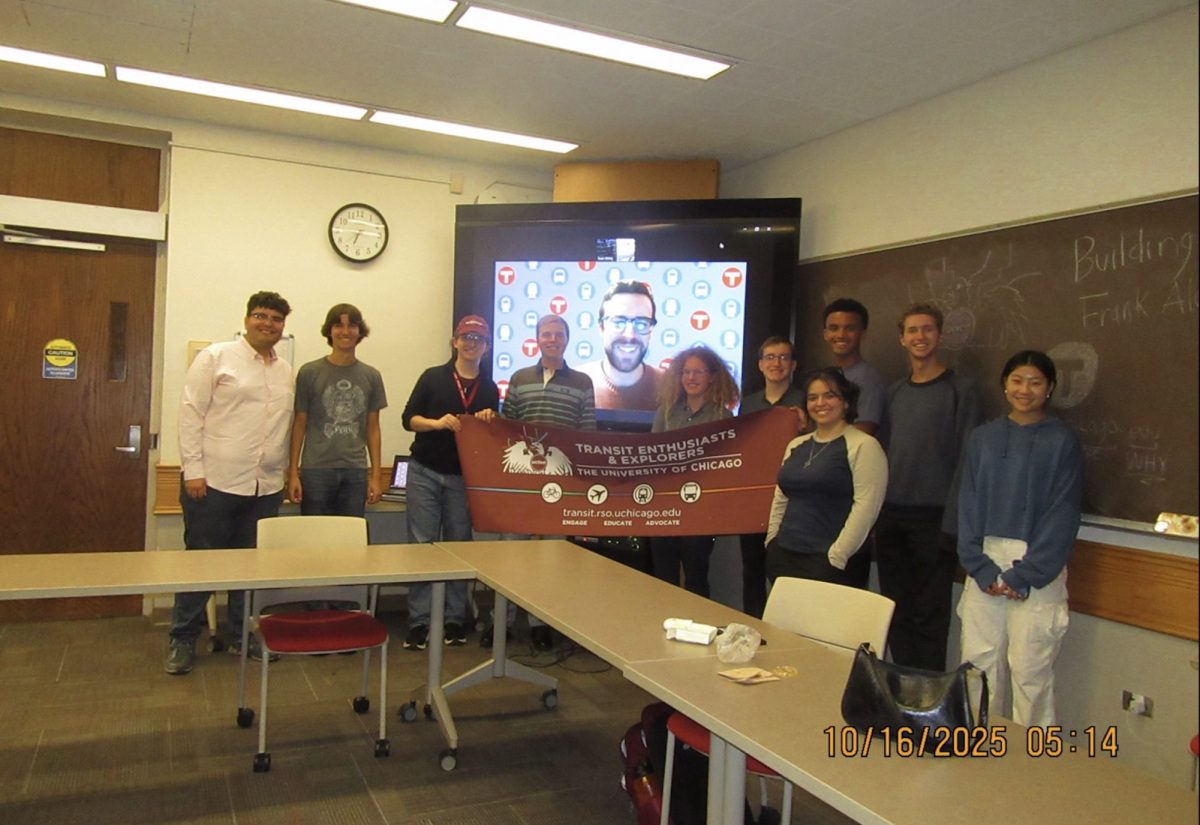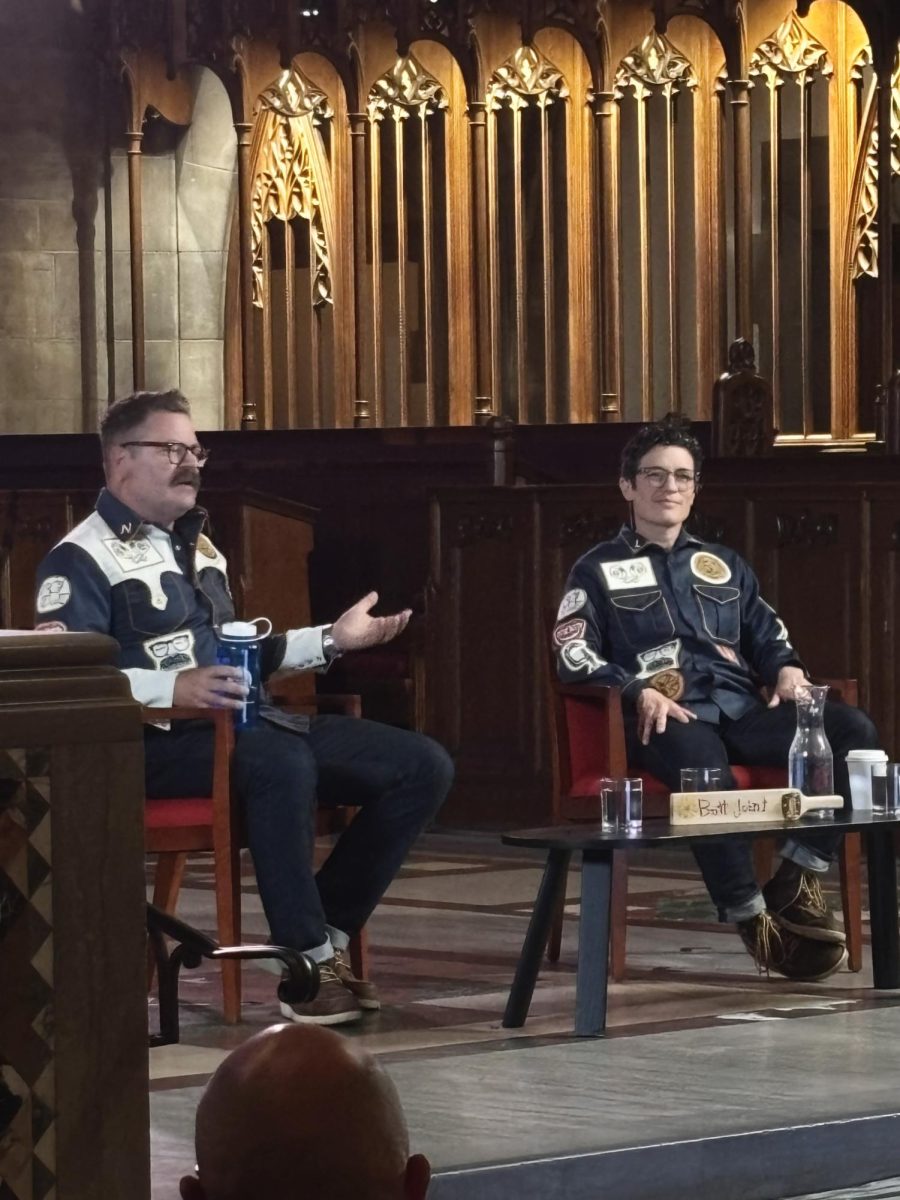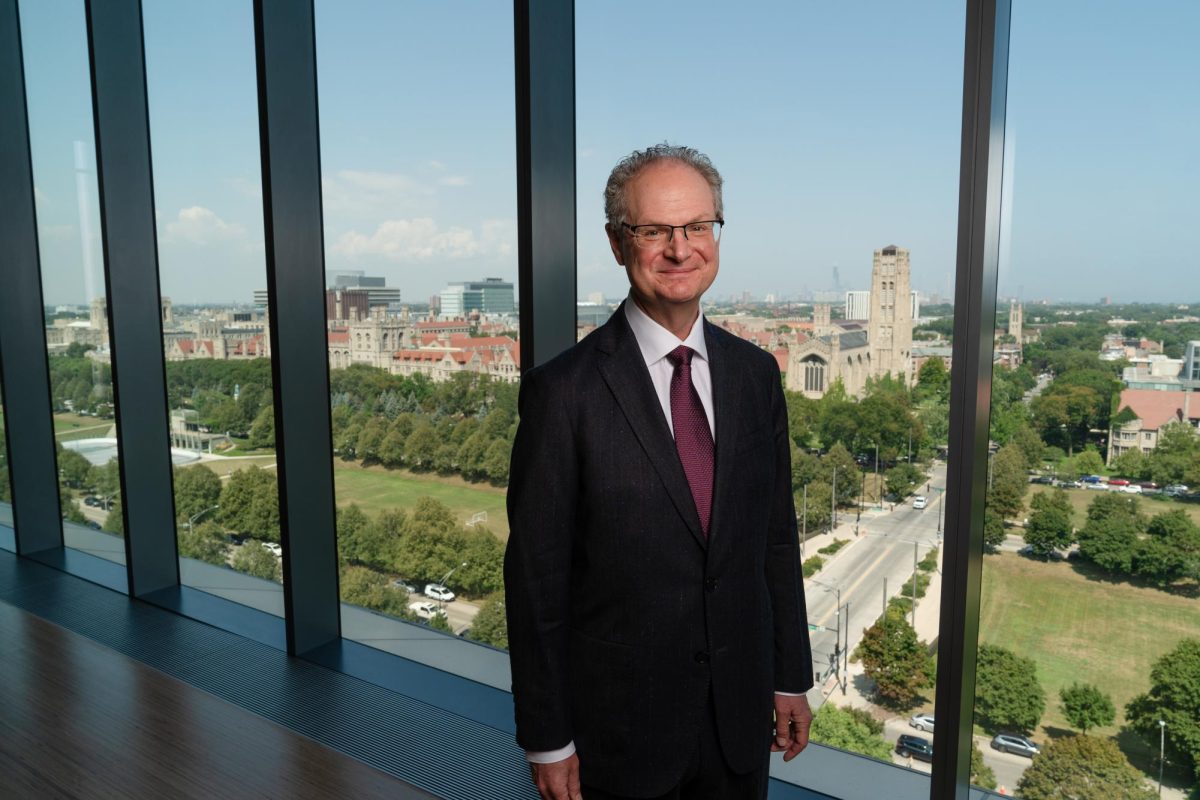Demolition of the Michael Reese Hospital, the site of several buildings designed by renowned Bauhaus architect Walter Gropius, could begin as early as July in preparation for the 2016 Olympics, according to a document released by the Public Building Commission of Chicago. Some preservationists and architectural historians, however, see it as an unnecessary waste of a precious architectural resource on the South Side and are working to preserve the site.The demolition stems from city plans for an Olympic Village on the 2900 block of South Ellis Avenue, the current site of the Michael Reese Hospital campus. Molly Sullivan, spokeswoman for the Chicago’s Department of Community Development (DCD), emphasized that this is not a new decision. “Since last year the city has made it clear that anything south of 29th Street must be demolished to make way for the Olympic Village,” she said. The Public Building Commission said last week that the demolition contractor chosen would have access to the site by July 1, three months prior to the announcement of which city will host the Olympics.Graham Balkany, organizer of the Gropius in Chicago Coalition, is leading a vocal opposition of preservationists and architectural scholars who are fighting the demolition. “The buildings really are important in terms of the history of modernism in this country, but it’s not really just about that. Michael Reese is an asset of the city of Chicago, and really the question here is ‘Do we want to throw this away?’”The debate over the Michael Reese Hospital comes at a volatile time for state preservation efforts. A challenge to the Chicago landmark ordinance, which has given broad opportunity for preservationists to save jeopardized buildings, is currently being deliberated at the Illinois Supreme Court. If struck down, many sites currently protected would be vulnerable to destruction.Previous preservation efforts did save the main Reese building, a 1907 Prairie style design just north of East 29th Street. But according to Balkany, the most valuable assets are still being lost. “These are important works of one of the greatest architects of the 20th century, and his only buildings in the state of Illinois,” he said.Fourth Ward Alderman Toni Preckwinkle (A.B. ’69, M.A.T. ’77) said that while efforts to save the main building demonstrated the community’s attachment to the architecture, she initially thought the concern was limited to only that building. “I was unaware that there was any sentiment for saving any other buildings until recently,” she said.Balkany agreed that Gropius’s role in the fight for Reese Hospital has been overlooked. “If his involvement with the project had been better understood, there’s almost no doubt that these buildings would have made it onto some kind of state list for preservation.”Sullivan said there was no ongoing negotiation between the DCD and preservation groups, and the demolition is going forward no matter what the International Olympic Committee’s decision may be. “We are not talking about other scenarios because we’re very focused on winning the Olympics, and we aren’t going into what-ifs about anything else at this point,” she said.Balkany said the hospital’s closure should be seen as an chance for adaptation, not an excuse for demolition. He cited efforts across Chicago to redevelop aging, architecturally significant buildings, and said that the Bauhaus structures of Michael Reese were just as viable for reuse. “It’s such a valuable asset to just throw it all away without even really thinking about the alternatives. It seems like a really frivolous thing,” he said.The closing and demolition of Michael Reese will not significantly affect healthcare in the Fourth Ward, Preckwinkle said. Reese’s medical operations have been effectively nonexistent for several years, making its final closure of minimal impact to community health. According to Preckwinkle, only a few dozen patients in the adolescent psychiatric ward remain; most of the other patients having been transferred to nearby Mercy Hospital. The destruction of the site will also cut the remaining jobs at Michael Reese, a cause for concern for some residents. Preckwinkle pledged to provide help for the unemployed. “Due to the substantial number of jobs lost, we’ve worked closely with the city and the Service Employees International Union around training to help the workforce at Michael Reese to reenter the job market,” she said.Despite the immediate impact on employees, Preckwinkle said there is opportunity in the land’s development. She lauded an agreement reached in the city council to give construction jobs to local low-income community members, and to award contracts to businesses owned by minorities and women. But Balkany is not resigned to the site’s destruction. “The Olympic Village is still a work in progress. It’s not set in stone. I don’t see any reason why part of this negotiation can’t be trying to figure out how to save some of the most important parts of the campus,” he said.Michael Reese Hospital administrators did not return repeated calls for comment.Balkany said it is in the city’s interest to save the buildings. “Chicago could come out victorious here,” Balkany said. “The entire fate of these buildings is within the hands of the city, which is ultimately within the hands of the people.”
Categories:
Reese Hospital’s historic architecture at center of Olympic Village debate
Preservationist: “The buildings really are important in terms of the history of modernism in this country, but it’s not really just about that. Michael Reese is an asset of the city of Chicago, and really the question here is ‘Do we want to throw this away?’”
By Burke Frank
May 1, 2009
0
Donate to Chicago Maroon
$50
$10000
Contributed
Our Goal
Your support will ensure that we can continue producing powerful, honest, and accessible reporting that serves the University of Chicago and Hyde Park communities.
More to Discover








